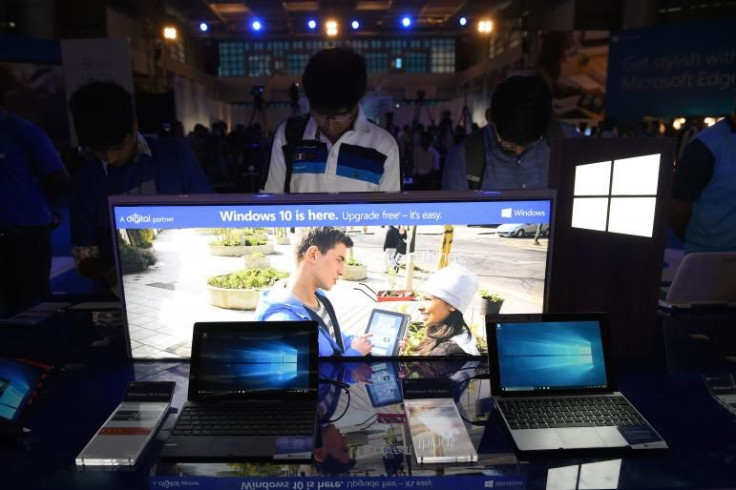How To Get Back Windows 10 Apps That Disappeared After An Upgrade

Windows 10 upgrades may not be as seamless as Microsoft would have you believe. It appears that Windows Update will sometimes decide to remove programs it doesn’t like, a worrying sign for anyone looking forward to the “Redstone” launch, the next major Windows 10 update.
The change only seems to happen when Windows 10 updates to a new “build” of Windows. Microsoft will be updating Windows on a more frequent basis from now on, bringing new features to existing installations. The first major update, codenamed “Threshold 2,” launched in November. Microsoft is gearing up to launch the next major update, codenamed “Redstone,” this summer.
Lifehacker and How-to-Geek both reported seeing their favorite apps disappearing after an upgrade. Microsoft has not publicly explained what is happening here, but when an update occurs, the old program files are placed along with other old files in a “Windows.old” folder on the hard drive, consistent with the practice during older Windows upgrades, where the software would place the previous installation in a folder for easy restore.
It seems that these programs simply didn't make it across during the upgrade process.
Getting the applications back is straightforward. Just reinstall them. Unfortunately, it doesn’t look like there’s a simple button to put the apps back where they were on the new version, even though the old files are stored in "Windows.old."
There may have been a good reason, however, why the app was removed in the first place. It may be old, or outdated, or there could be a newer version better suited to Windows 10. With a little more information, Microsoft might have been able to help people work out why their apps were removed. Perhaps this will be included with “Redstone.”
© Copyright IBTimes 2024. All rights reserved.




















